Welcome to the ultimate guide on decorative landscape stones! If you’re looking to elevate your garden’s aesthetics while adding functionality, you’re in the right place. Drawing from personal experiences and insights, I will walk you through everything you need to know about decorative stones, including their types, benefits, installation tips, and maintenance.
What Are Decorative Landscape Stones?
Decorative landscape stones are natural or manufactured stones used in gardens, pathways, and landscaping projects for visual appeal and practical purposes. They come in various shapes, sizes, and colors, offering versatility to any outdoor space.
Types of Decorative Landscape Stones
Understanding the different types of decorative stones is crucial for selecting the right ones for your garden. Here are some popular options:
1. River Rock
River rocks are smooth, rounded stones that are typically found in riverbeds. They come in varying sizes, from small pebbles to larger boulders.
2. Crushed Stone
Crushed stone is made from larger rocks that have been broken down into smaller pieces. It’s often used for pathways and driveways due to its firmness.
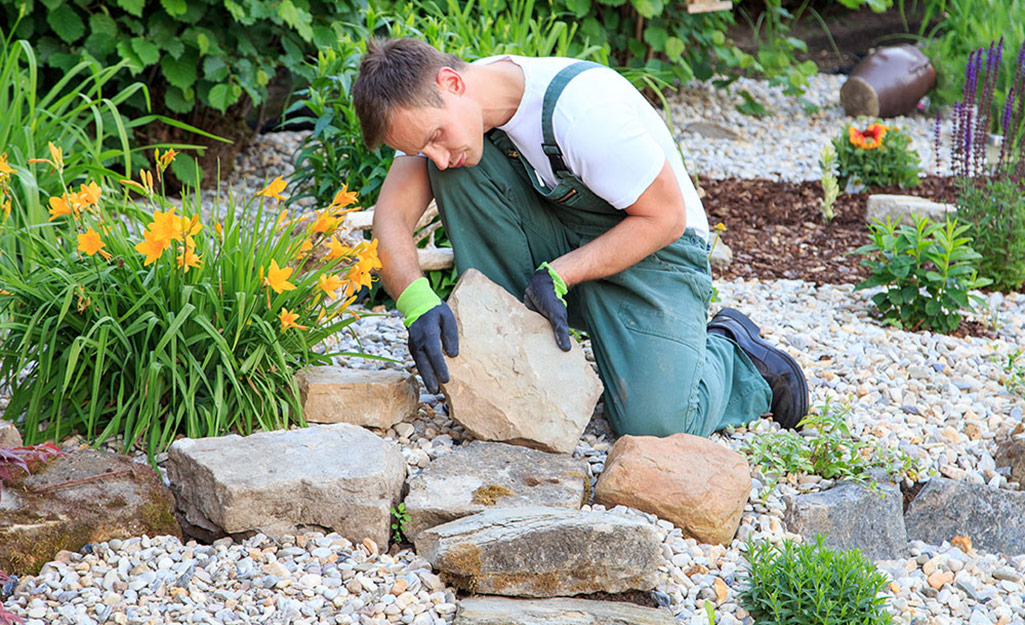
3. Slate Chips
Slate chips are flat, thin pieces of slate that can create a unique, textured look. They are excellent for garden beds and walkways.
4. Lava Rock
Lava rocks are lightweight and porous, making them suitable for mulching around plants. They add a distinctive aesthetic to any garden.
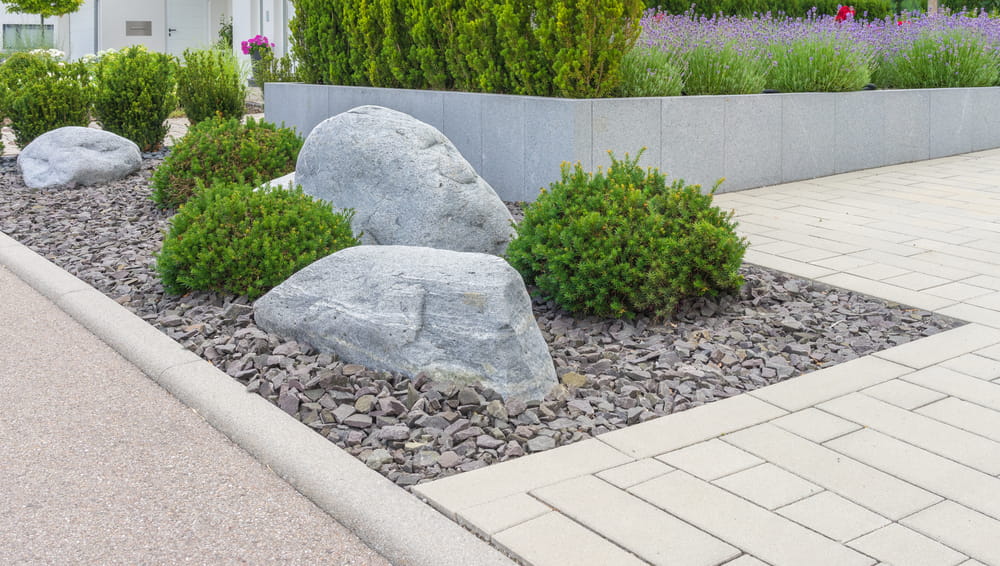
5. Marble Chips
Marble chips offer an elegant touch to gardens. Their reflective surface makes them a popular choice for high-end landscaping projects.
Benefits of Using Decorative Landscape Stones
Using decorative stones in your landscape can provide various benefits beyond just aesthetics. Here are some compelling reasons to integrate them into your outdoor space:

1. Aesthetic Appeal
One of the primary reasons people choose decorative stones is their ability to enhance a garden’s beauty. They add color, texture, and visual interest to any space.
2. Low Maintenance
Unlike traditional garden beds, decorative stones require minimal upkeep. They don’t need watering or mowing, making them ideal for low-maintenance landscaping.
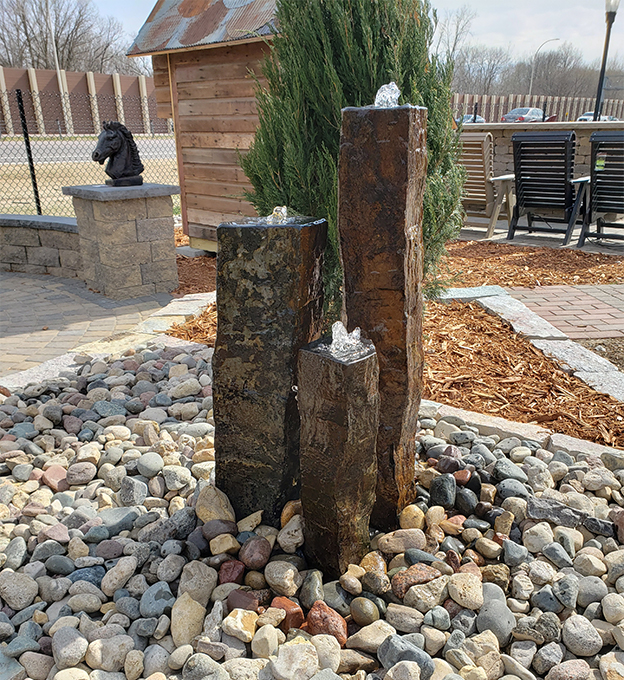
3. Erosion Control
Using stones can help prevent soil erosion, especially on slopes. They stabilize the soil and reduce runoff.
4. Weed Control
When used as mulch, decorative stones can suppress weed growth, reducing the need for herbicides and manual weeding.
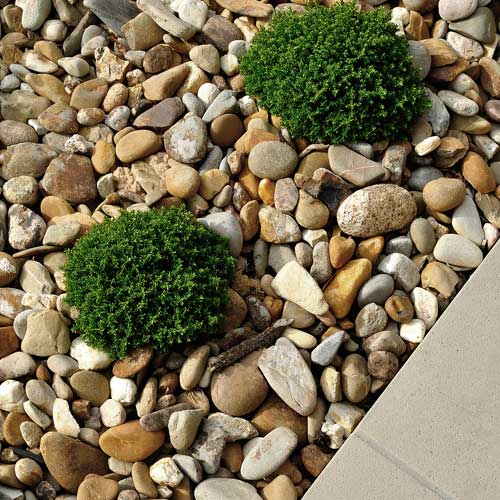
5. Versatile Applications
Decorative stones can be used in various applications, such as pathways, garden beds, borders, water features, and even fire pits.
Choosing the Right Decorative Stone for Your Project
When selecting decorative stones, consider the following aspects:

1. Purpose
Determine the primary function of the stones—whether for pathways, decorative borders, or mulch around plants—before making a choice.
2. Color and Texture
Choose colors and textures that complement your existing landscape. Mixing different types can create depth and interest.
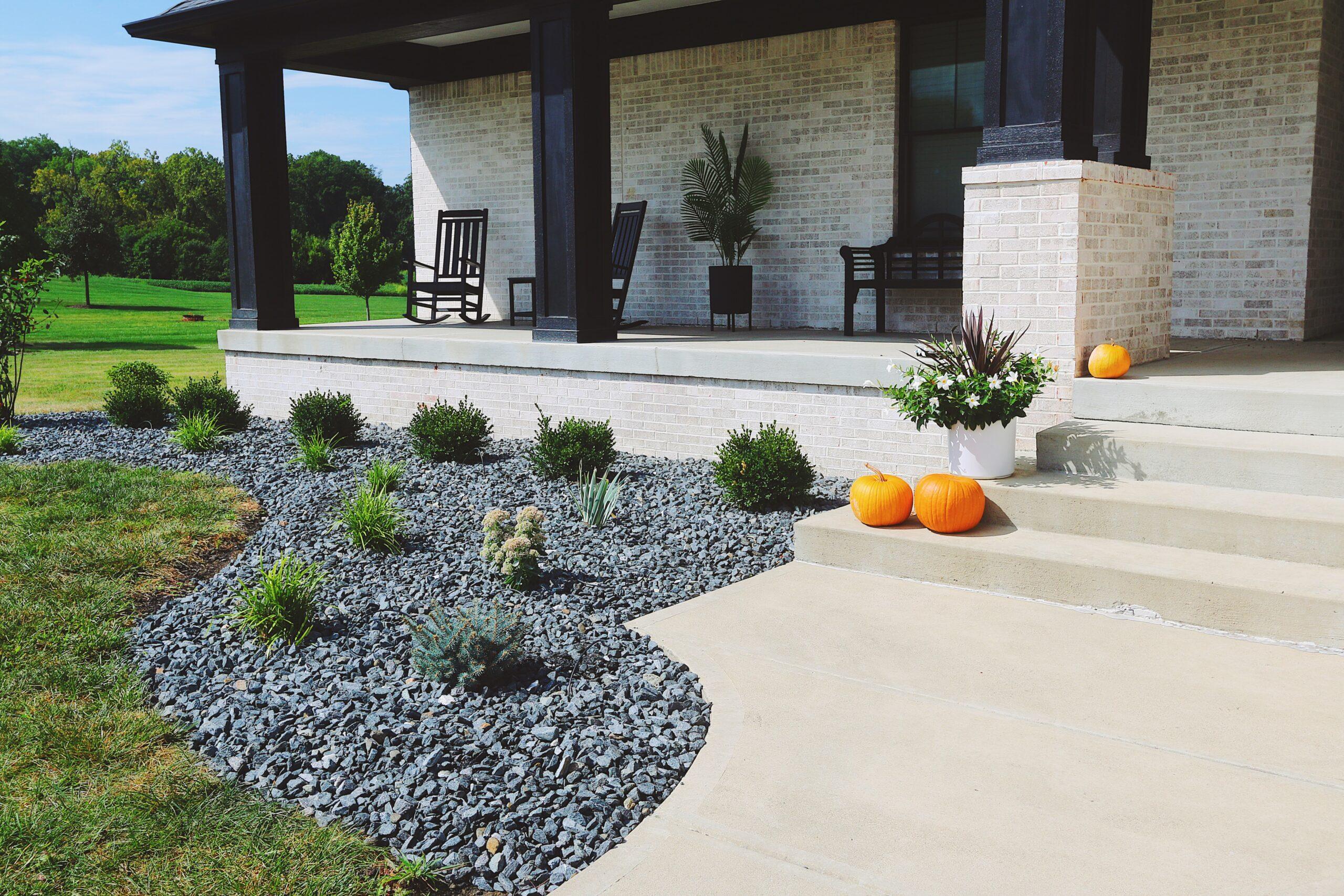
3. Size and Shape
Consider the size and shape of the stones. Larger stones can create a bold statement, while smaller chips can provide a subtle touch.
Comparison Table of Decorative Landscape Stones
| Type | Texture | Color Variations | Maintenance | Cost |
|---|---|---|---|---|
| River Rock | Smooth | Brown, gray, and beige | Low | Medium |
| Crushed Stone | Rough | Gray, white, and tan | Low | Low |
| Slate Chips | Flat and textured | Black, gray, and bluish | Very low | Medium |
| Lava Rock | Pitted | Red, black | Low | Medium |
| Marble Chips | Glossy | White, pink | Very low | High |
Installation Tips for Decorative Landscape Stones
Installing decorative stones can be a straightforward process. Here’s how to go about it:
1. Preparing the Area
Clear the area of any debris and weeds. If you’re using landscape fabric, lay it down to help suppress weed growth.
2. Creating Edges
To give your stone bed a defined shape, install edging materials such as bricks, wooden boards, or metal borders.
3. Laying Down the Stones
Spread the decorative stones evenly over the prepared area. Use a rake to level them out for a uniform appearance.
4. Maintenance After Installation
Periodically check for weeds and any shifting of the stones. Adding fresh stones may be necessary over time to maintain appearance.
Personal Experience with Decorative Landscape Stones
When I decided to revamp my garden, I was amazed at how much decorative stones transformed the space. I opted for a combination of river rocks and slate chips, which provided both color and texture! Over the years, I’ve learned that these stones not only look beautiful but also require little to no maintenance, allowing me to spend more time enjoying my garden rather than working on it.
Pros and Cons of Decorative Landscape Stones
Pros
- Aesthetic enhancement of outdoor spaces
- Low maintenance requirements
- Durability and longevity
- Variety of styles and colors
- Effective erosion and weed control
Cons
- Can be more expensive than traditional mulch
- May require additional water for plants under stones
- Some types can be sharp and may not be suitable for all areas
FAQs About Decorative Landscape Stones
1. What is the best type of decorative stone for a pathway?
Crushed stone and larger river rocks are both excellent choices for pathways due to their durability and stability.
2. How do I prevent weeds from growing through decorative stones?
Using landscape fabric underneath the stones can significantly reduce weed growth. Regular maintenance, such as manually removing weeds, will also help.
3. Can decorative stones be used in water features?
Absolutely! Many decorative stones, like river rocks and larger boulders, work wonderfully in ponds, waterfalls, and other water features.
4. How much decorative stone do I need?
To calculate the amount needed, measure the area in square feet and consider the desired depth of the stones. A general rule is to use about 1 ton of stone for every 100 square feet at a depth of 2 inches.
Conclusion: Elevate Your Garden Today!
Integrating decorative landscape stones into your garden can truly transform the space. With various options available and simple installation processes, you’re sure to find something that fits your style and needs. Whether you opt for the smooth elegance of river rocks or the unique charm of slate chips, your garden will undoubtedly benefit from the beauty and functionality of decorative stones.
So why wait? Embrace your creativity and enhance your outdoor living space with decorative landscape stones today!